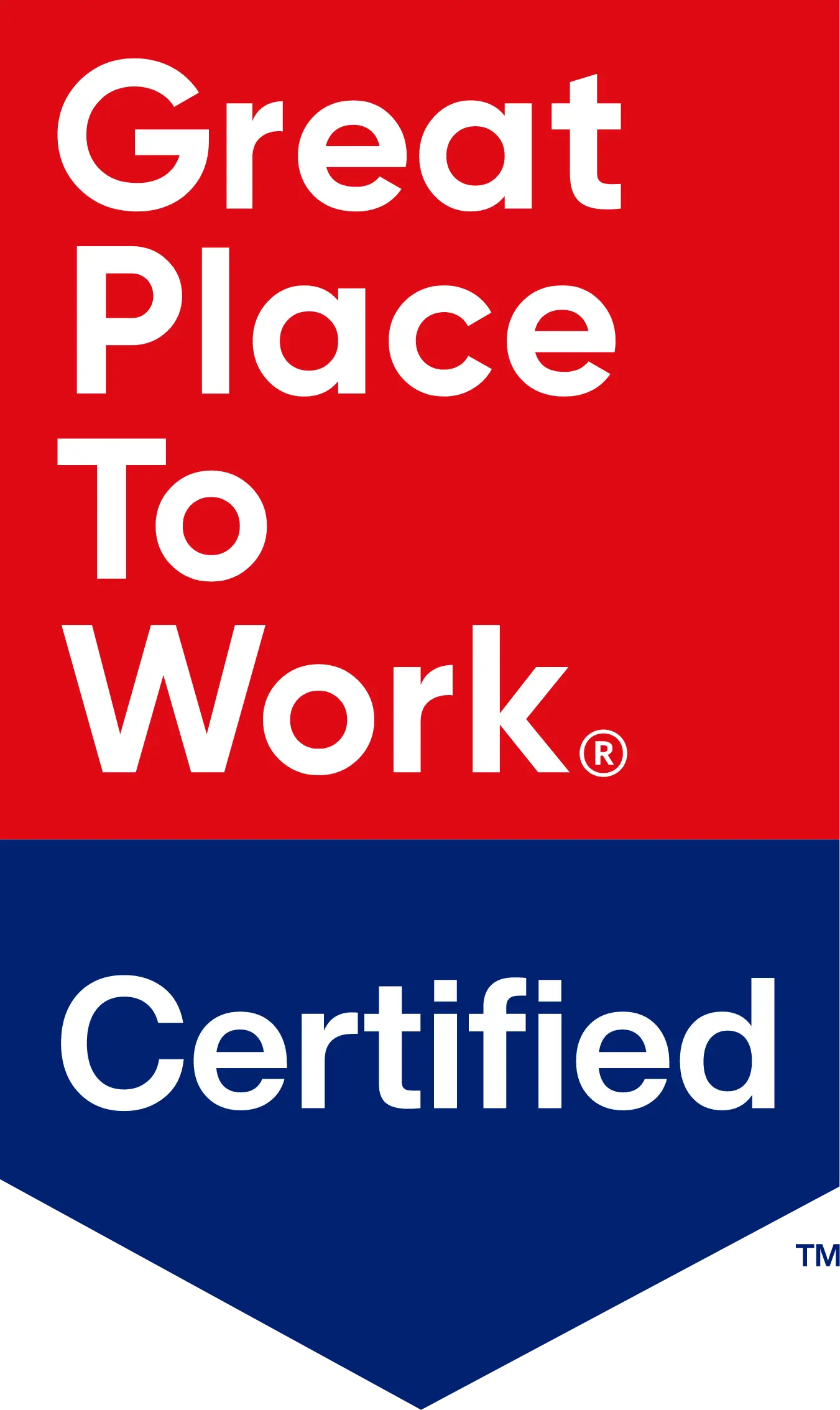
Share
Application Modernization: A Pressing Priority
Modernizing applications based on business needs will help the business to gain efficiency, safety, structural integrity, and more. Rather than retiring or replacing an existing application, application modernization extends the lifespan of an organization's applications with advanced technologies.
Importance of Application Modernization
Many firms discover that a major number of legacy workloads are limiting the company’s agility and innovation. Many legacy systems were developed before the era of cloud computing, Linux containers, and other technological advances. These workloads are long-term investments that cannot be readily replaced or retired. As a result, they are less capable of innovating, meeting client expectations, and addressing new possibilities. These legacy applications, particularly in the digital era, can be a significant hindrance to innovation.
Application modernization breaks down the monolithic applications into smaller, easier-to-maintain microservices, implementing modern software development, deployment methods, and combining old and new. Application modernization aims to restore agility to legacy applications by transferring them to a modern platform.
Key Technologies used for Application Modernization
Microservices
Microservices are both an architecture and a method of developing applications. Microservices allow programs to be split down into their smallest, independent components. Microservices are all separated and operate together to complete the same goals, as opposed to a typical, monolithic approach to app development in which everything is put into a single component.
APIs
APIs are all about the integration of data, applications, and devices throughout your IT organization so that all your technologies can communicate and function better together. APIs will be valuable for extending functionalities to other systems or gaining access to third-party data. It will be a waste of both money and time if your technologies cannot communicate with one another.
Containers
Containers are a cloud-based approach to packaging, deploying, and running applications and workloads. The large picture benefits of containerization include increased scalability, mobility, and operational efficiency, which is ideal for cloud architecture, particularly for multi-cloud and hybrid cloud systems.
Application Modernization Patterns
After determining the need to update a legacy program and defining the problem, the following stage is to determine how the application will be modernized. There are several essential patterns to application modernization, they are:
Retain: A low-risk strategy for retaining or reusing legacy application components inside the new architecture. The legacy program is encapsulated & made available as a service through an API. This strategy also gives the ability to progressively expand the application using a microservices approach.
Replatform: Transfers your old code base and settings to a modern deployment platform. A modern platform will provide you with more scalability, quicker performance, and better resource utilization.
Refactor: Refactoring and restructuring the code to reduce some of the technical debt that leads to legacy software difficulties, such as outdated libraries, frameworks, code, or inefficient features
Rehost: Lifting and shifting the application components to another infrastructure without any or very few changes.
Replace and Retire: The best option is if you wish to preserve software that the vendor no longer supports or if you lack the internal knowledge required to administer and repair the legacy application.
Benefits of Application modernization
Adapting to the market needs, implementing emerging modern technologies, and following the best practices are the key steps to being successful in today’s market. Application modernization helps you to get effective growth, healthy competition, and create unique identities for your business that are necessary for achieving your business goals.
Enhanced Compatibility
Application modernization improves compatibility with modern technologies, platforms, and code. Furthermore, it lets enterprises effortlessly integrate their applications, allowing them to effectively cater the current and future business demands.
Robust Security
Legacy applications often include security vulnerabilities due to age and outdated technologies. Because of the lack of modern security procedures in developing these applications, hackers might exploit these vulnerabilities. With application modernization, the companies will receive periodical security updates and bug patches in response to new threats.
Cloud Native
Modernizing legacy applications with modern technologies gives room to the companies to make their applications cloud native. It will help the companies to enjoy the benefits of cloud applications such as faster go-to-market, scalability, agility, reliability, and more.
Improved User Satisfaction
Using legacy applications, whether for employees or clients, is a real hassle. Customer satisfaction and brand reputation will improve when apps are modernized with a refined user interface, cutting-edge functionality, and innovative features.
Conclusion
Even though there are several ways to legacy application modernization, each business must select the path that aligns with their company’s strategy. All modernization options have advantages, but they are also expensive, complicated, and difficult. Collaboration with an external service provider, like Cloud Destinations, is a more efficient method for achieving application modernization.
Check the Cloud Destinations website to get started with application modernization. Cloud Destinations is one of the leading cloud service providers in the world. It offers a variety of services like helping you to manage your Cloud Services and Service Desk Operations leveraging industry-standard ITIL Foundation Framework, Tools, and Processes, enabling you to focus on your core business.
You can visit our website at https://clouddestinations.com and write to us at info@clouddestinations.com for any query
 Back
Back














 Linkedin
Linkedin








